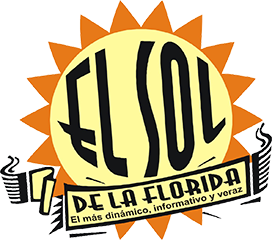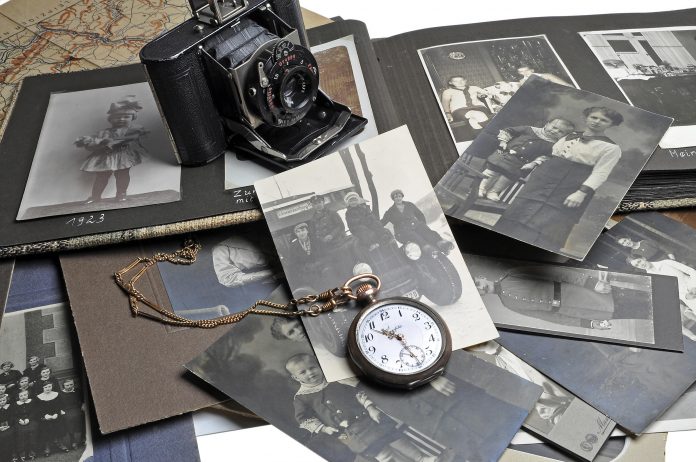By Ceil Lucas |
At the time I started researching my family history, I found that my mother had put together a pretty good chronology both for her side and for my father’s. But it stopped around 1810 on both sides and the actual origins were not clear. We knew that her side was Scots but not where they came from or how. For my father’s side, maybe Irish? Maybe Dutch Protestants who moved to England?
So I got into it: I became comfortable with the National Archives in Washington, DC, learning how to search the records, often entering at 9 a.m. and leaving at closing time. I also learned about the family history sections of the state library in Annapolis, Maryland and the local library in Easton. I discovered state historical societies such as the ones in New Mexico and Oklahoma, wonderful places staffed by passionate and helpful people. And I was able to fill in large parts of the picture.
My mother’s first ancestor, John Kininmont, was in fact not given the choice of prison or being transported as a result of some transgression. He in fact participated in the Battle of Dunbar in 1650, in Scotland, against Oliver Cromwell. The Scots were badly beaten and some of them were transported to Maryland’s Eastern Shore in 1654. John the baker became John the planter and he lived out his life there. My father’s first ancestor, Robert Lucas, left the Church of England to become a Quaker and sailed from Weymouth to Philadelphia in 1679. He remained a Quaker and became very active in local politics. So my people came to America very early.
But the immutable first rule of genealogy is that, while discovering many interesting and wonderful facts, you will also learn things that you might not have wanted to know. Since I was not raised in the United States – I lived in Guatemala City and Rome, Italy from ages 5 to 21 – when I came back to the U.S. for college at age 18, my stance was, “I wasn’t raised here. I’m not from ‘here,’ ” ‘here’ being the US. I have had to come to terms with the fact that, when your folks arrive in 1654 and 1679, you are from “here,” period. And coming to terms with that was easy and even enjoyable. Not so easy or enjoyable was the documented fact that, in 1679, Robert Lucas was willing to accept land along the Delaware River on the condition that the person granting the land will “cleer the Indians.” Those “Indians” would have been the Lenni Lenape who had occupied this territory for many generations. John Thomas Kinnaman, descendant of John Kininmont, eventually ended up in Stokes County, North Carolina and is listed in the 1830 census as the owner of four slaves. My great-grandfather Isaac Lucas was born in Indiana and fought for the Union during the Civil War. He found himself on the Kansas- Oklahoma border in 1893, ready for the Oklahoma Land Rush. A look at a map will show more than thirty Native American tribes living in the northeast corner of Oklahoma in 1893. Regardless, my great-grandfather and other so-called Sooners were invited to stake claims anywhere on this land and they did.
So – “cleering” the Indians, owning slaves, staking claims in land long occupied by other human beings – documented facts about my family history that I might not have chosen to know. Robert Lucas, John Thomas Kinnaman ad Isaac Lucas were white men of their times with the world view of their times. So, along with learning that I really am from “here,” I have had to come to terms with the reality of these people in my family tree. A word of caution to budding genealogists……
Ceil Lucas is professor emerita, Gallaudet University, where she taught linguistics through American Sign Language, 1982- 2013. She started teaching Italian in 1973 and continues to do so. Her memoir is entitled How I Got Here and is available on Amazon.
______
Brittany Thomas
News and Experts
www.newsandexperts.com


